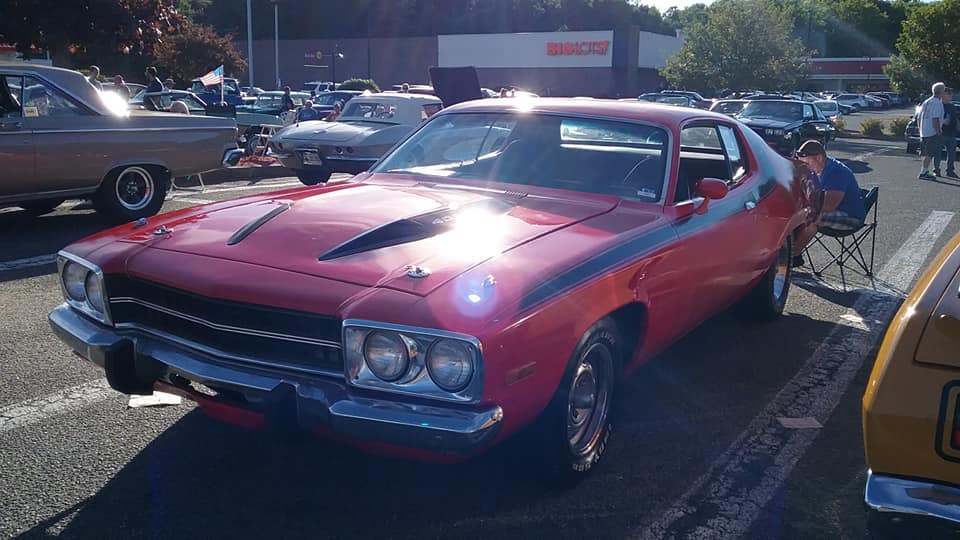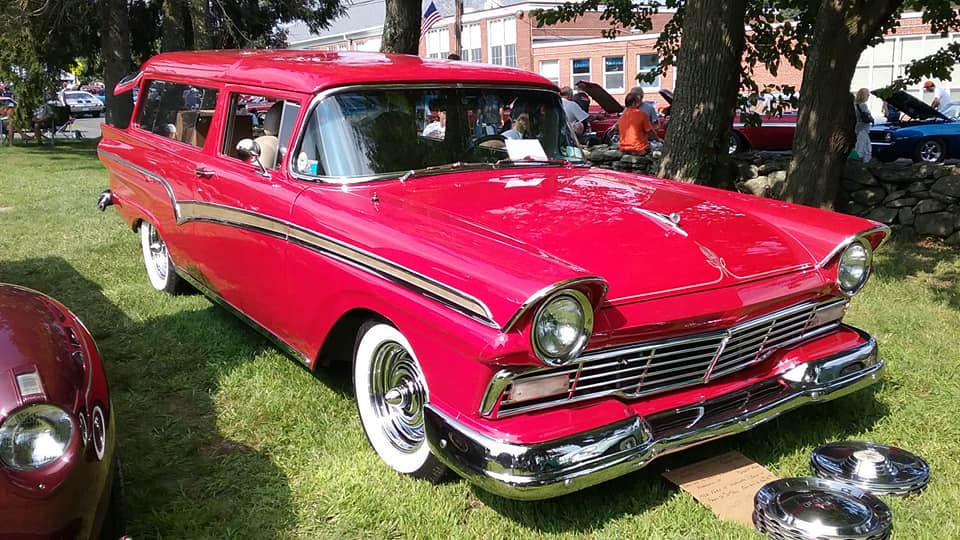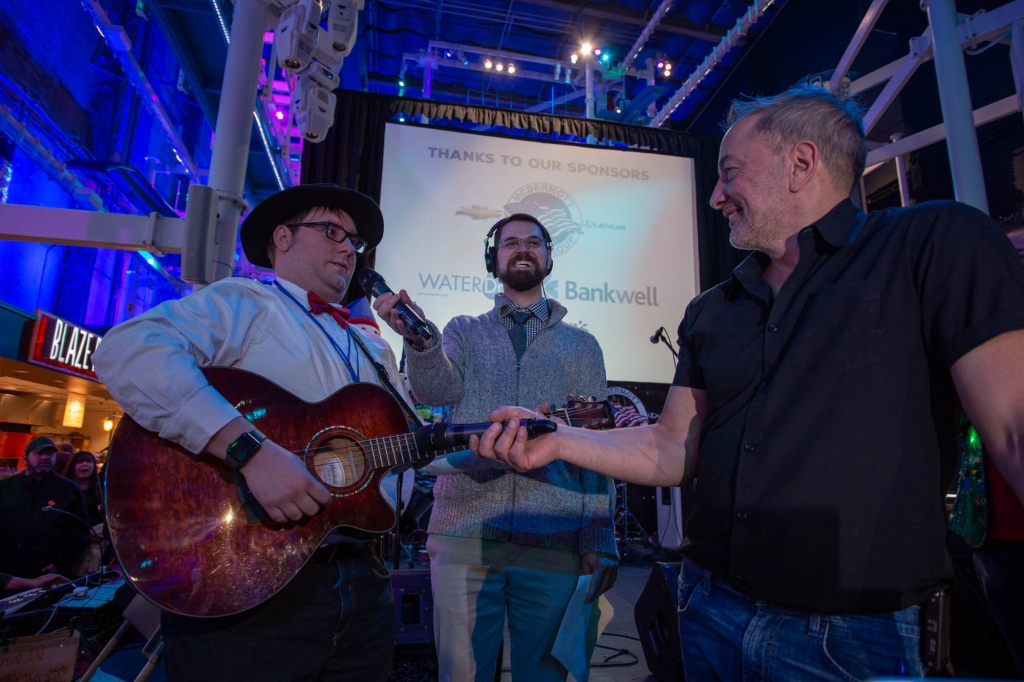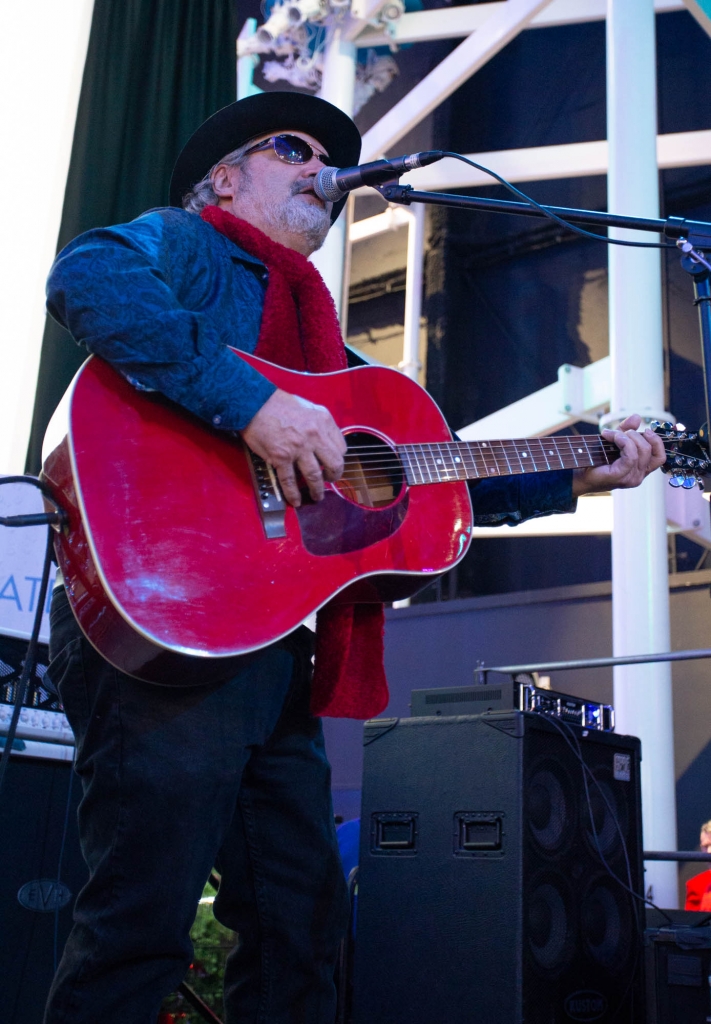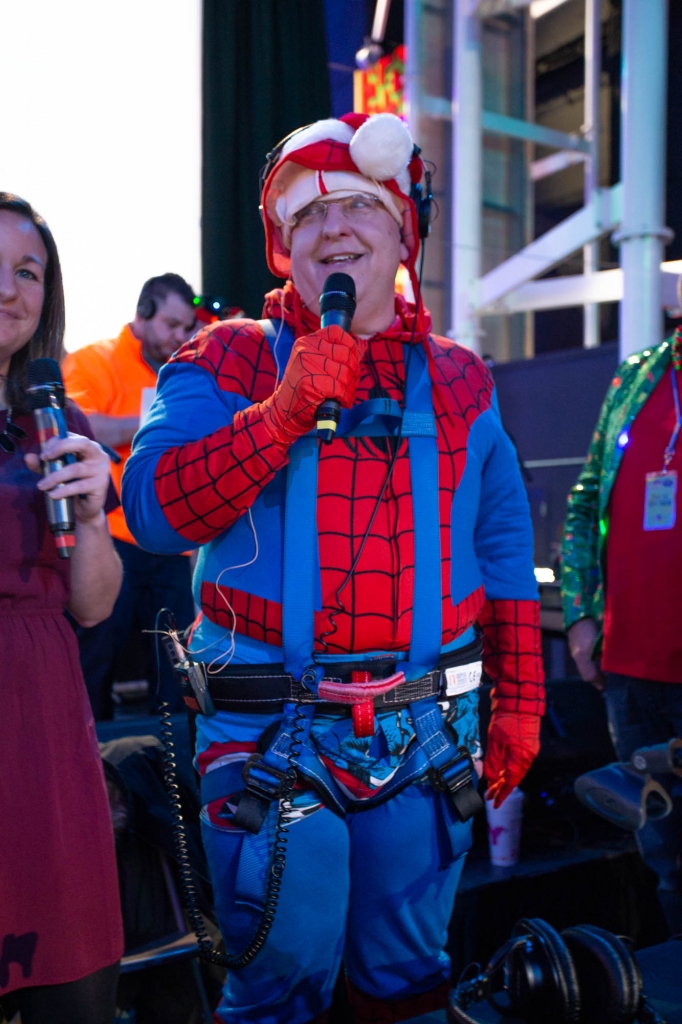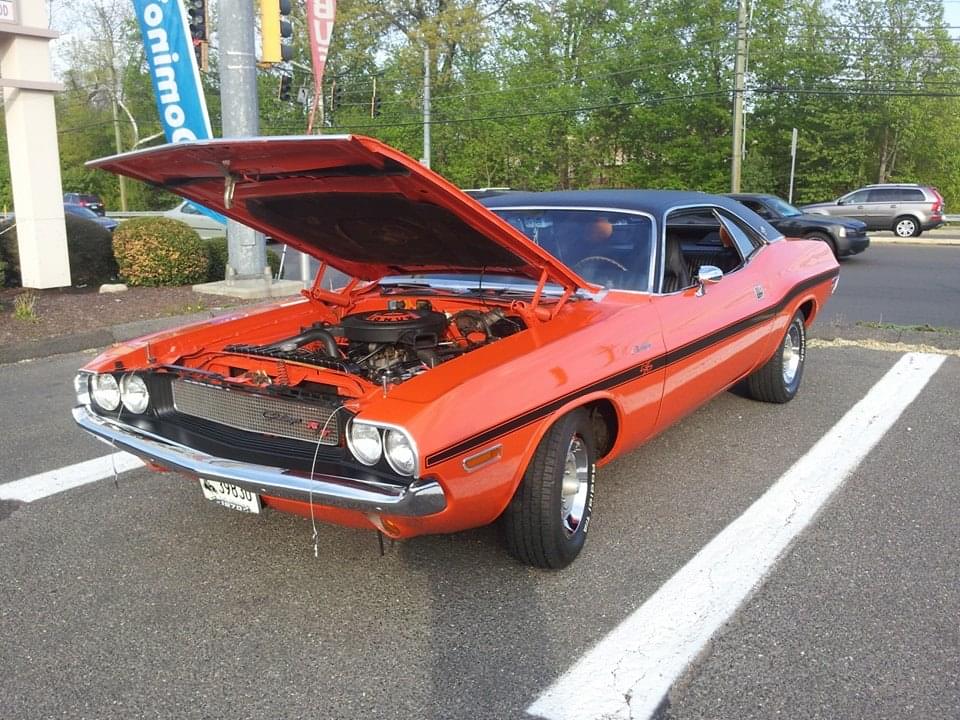Car: Plymouth Road Runner Coupe
Year: 1973
What makes it special: The Road Runner was a mid-size model with a focus on performance built by Plymouth between 1968 and 1980. By 1968, some of the original muscle cars were moving away from their roots as relatively cheap, fast cars as they gained features and increased in price. Plymouth developed the Road Runner to market a lower priced, basic trim model to its upscale GTX.
What made it famous: The 1973-74 models received completely new sheet metal and had more conventional squared-up front-end styling and changes to the rear that more closely resembled the four-door models than the 71-72’s. Interior options included retaining power seats and windows as well as offering plusher carpeting and seat covers, moving the car to a slightly higher level of luxury. In testing 1/4 mile times were getting close to the 16’s, top speeds had dropped to barely over 125 mph, and the car moved further away from “muscle car” status. The base engine for the 1973-74 models had dropped down to Chrysler’s 318 V8 but equipped with dual exhausts which bumped the power up to 170 hp. The code E68 400 cu in 260 hp engine was the biggest Plymouth offered with the 4-speed, which could also be had with the 340 for 1973, and 360 for1974, engines. The 318 was equipped with a 3-speed manual transmission as standard, and the TorqueFlite as an option, and the 440 cu in engine, boasting 280 hp was still available for 1973 and 1974, but only mated to the 727 TorqueFlite automatic, with 3.55 sure-grip 8 3/4 rear axle gearing available.
Why I would want one: Even though it was no longer the street monster it started off as, it’s still a muscle car, and still one good-looking car.
Fun fact: After 1972, no 440 with 4-speed manual cars were built.
